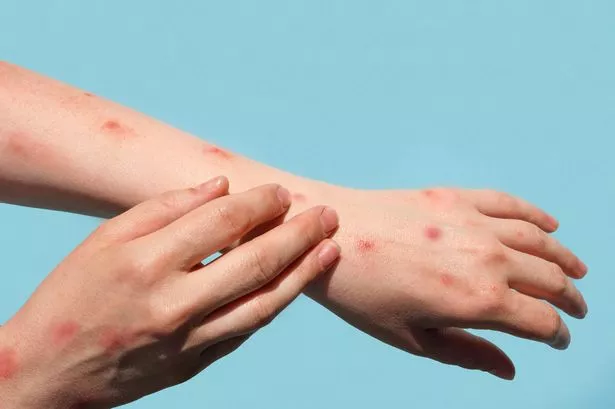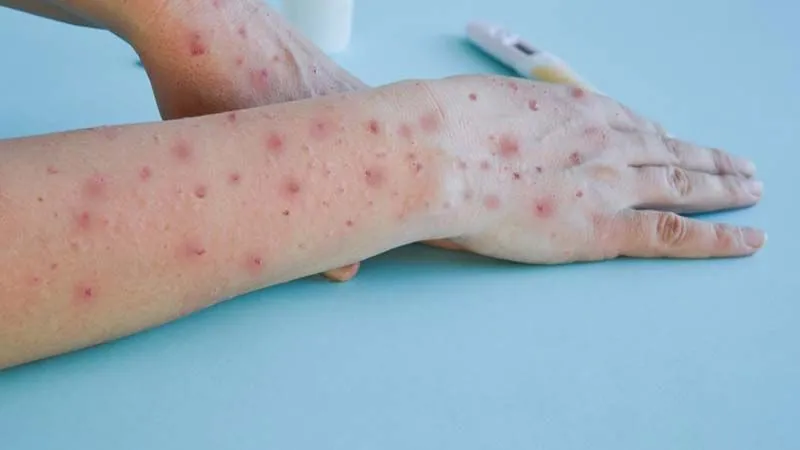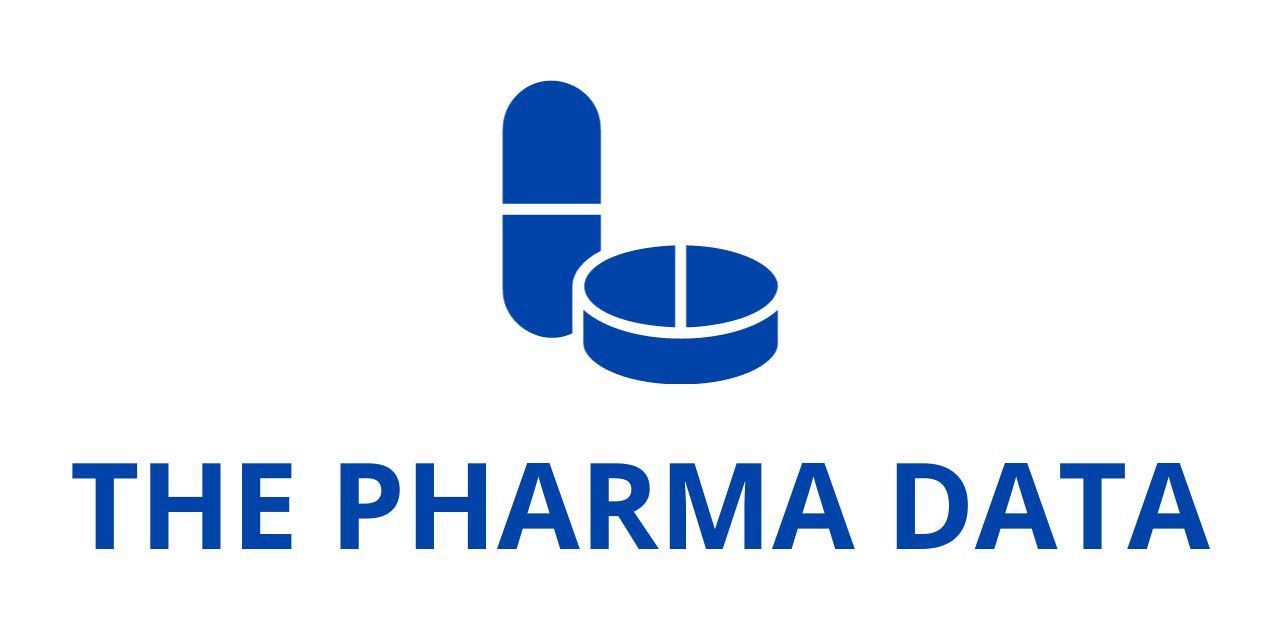
Africa CDC and WHO Revise Mpox Strategy Amid Ongoing Outbreaks
In a significant development aimed at containing the ongoing mpox outbreak, the Africa Centres for Disease Control and Prevention (Africa CDC) and the World Health Organization (WHO) have jointly revised and updated their Continental Response Plan. The renewed strategy reflects the evolving landscape of the mpox emergency and outlines a comprehensive approach focused not only on curbing current outbreaks but also on establishing sustainable, long-term public health resilience.
The restructured plan represents a critical step in addressing the challenges posed by the spread of mpox, a viral illness that has grown from isolated zoonotic transmissions into a formidable public health threat with expanding geographic reach. As of early 2025, the disease has begun affecting new regions both within and beyond the African continent, prompting global concern and urgent coordinated action.
Mpox: A Changing Threat
Mpox, also known as monkeypox, is a viral infection caused by the mpox virus, part of the Orthopoxvirus genus. Historically transmitted from animals to humans, particularly through direct contact with infected rodents and primates, the virus has increasingly exhibited human-to-human transmissibility. The illness is characterized by painful skin and mucosal lesions, fever, swollen lymph nodes, headaches, fatigue, and muscle pain. Although typically self-limiting, the disease can cause severe discomfort and disfigurement, and in some cases, result in complications or death.
The public health risk associated with mpox escalated significantly in 2022 with the emergence of the clade IIb variant, which began circulating widely across continents through sexual networks. Then, in late 2023, a new strain—clade Ib—surfaced, further intensifying concerns. Unlike previous outbreaks, clade Ib showed clear patterns of human-to-human transmission not only through sexual contact but also within households and close-knit communities. This shift prompted Africa CDC to declare a Public Health Emergency of Continental Security. Simultaneously, the WHO Director-General recognized the urgency of the situation by issuing a Public Health Emergency of International Concern in August 2024.
Regional Spread and Global Implications
By mid-2024, the Democratic Republic of the Congo (DRC) had become the epicenter of the mpox outbreak. From there, the virus expanded into four neighboring countries and, by 2025, had reached 28 countries globally. While the majority of cases outside Africa have been linked to travel-related exposures, the African continent has seen localized transmission become entrenched in several regions.
Transmission is now documented not only in the initial affected countries—Burundi, the DRC, Kenya, Rwanda, and Uganda—but also in the Republic of the Congo, South Africa, South Sudan, Tanzania, and Zambia. This indicates a shift from isolated outbreaks to wider, community-level circulation, making containment efforts more complex and resource-intensive.
Coordinated Continental Response: Ten Strategic Pillars
In response to this escalating crisis, the updated Africa CDC and WHO Joint Continental Mpox Plan outlines a robust framework centered on ten strategic pillars. These include:
- Coordination – Strengthening multilevel collaboration between governments, health agencies, and community organizations to streamline decision-making and response actions.
- Risk Communication and Community Engagement (RCCE) – Enhancing outreach efforts to educate communities, combat misinformation, and promote health-seeking behaviors.
- Disease Surveillance – Scaling up systems to detect, report, and track cases in real-time, thereby enabling quicker interventions.
- Laboratory Capacity – Expanding diagnostic infrastructure and improving testing availability, especially in remote and underserved areas.
- Clinical Management – Ensuring that healthcare providers have the training, equipment, and medicines required to manage mpox cases effectively.
- Infection Prevention and Control (IPC) – Implementing measures in healthcare and community settings to reduce virus spread.
- Vaccination – Increasing vaccine coverage through equitable distribution and prioritization of at-risk populations.
- Research – Supporting scientific investigations into the virus’s behavior, transmission dynamics, treatment options, and vaccine efficacy.
- Logistics – Ensuring timely distribution of supplies, vaccines, and medical equipment where they are most needed.
- Essential Health Services – Maintaining continuity of routine health services despite the strain imposed by the mpox response.
This ten-pillar approach emphasizes not only emergency containment but also integration of mpox interventions into existing health systems, with the ultimate goal of transitioning to a sustainable long-term strategy.
Expanding Vaccination and Diagnostic Capacity
A cornerstone of the updated response plan is the accelerated rollout of vaccines across affected regions. To date, over one million doses of mpox vaccines have been delivered to 10 countries, with over 650,000 doses already administered. Notably, more than 90% of these vaccinations have occurred in the DRC, where the outbreak is most severe.
Alongside vaccination, diagnostic capacity has seen significant expansion. In late 2023, the DRC had only two laboratories equipped to test for mpox. Today, that number has risen to 23 laboratories spread across 12 provinces. The ongoing deployment of near-point-of-care diagnostic tests is expected to further boost testing accessibility and speed, particularly in hard-to-reach areas.
Barriers to Response and Critical Funding Gaps

Despite these advances, the mpox response in Africa continues to face considerable obstacles. In the eastern DRC, where mpox incidence remains particularly high, persistent armed conflict and insecurity hinder the delivery of healthcare and humanitarian aid. These conditions not only obstruct public health operations but also expose vulnerable populations to higher risk of infection.
Moreover, global funding shortfalls threaten to derail response efforts. The Africa CDC and WHO estimate that over $220 million is urgently required to address existing funding gaps. Without this financial support, progress toward curbing the outbreak and building long-term capacity may stall, putting millions at risk.
Integration into Routine Health Services
A defining element of the revised plan is its emphasis on transitioning from emergency response to long-term integration. This entails embedding mpox diagnostics, treatment, and prevention into primary healthcare services, particularly in endemic and high-risk regions. Such integration is essential for building resilient health systems capable of responding to future outbreaks swiftly and effectively.
Parallel to the Continental Plan, WHO has updated its Global Strategic Plan for Mpox, aiming to eliminate human-to-human transmission where feasible. In the first two months of 2025 alone, 60 countries reported new mpox cases. Although the African continent continues to account for the majority of both cases and fatalities, the virus’s global spread underscores the need for an aligned international strategy.
The alignment between the continental and global strategies ensures that national efforts are supported through coordinated technical assistance, policy guidance, and cross-border collaboration. It also reinforces the importance of collective action in addressing a transnational health threat.
Collaborative Efforts and the Road Ahead
Africa CDC and WHO reaffirm their commitment to working hand-in-hand with national governments, local communities, and international partners. These joint efforts are crucial not only for halting the current outbreaks but also for building a durable public health architecture that can withstand future challenges.
The revised Mpox Continental Response Plan marks a pivotal moment in Africa’s fight against a disease that has tested the limits of existing health systems. By combining emergency measures with sustainable public health strategies, the plan provides a roadmap for protecting lives, restoring stability, and strengthening resilience across the continent.
As the world watches closely, the continued mobilization of resources, expertise, and community leadership will determine the success of this ambitious and vital response.




